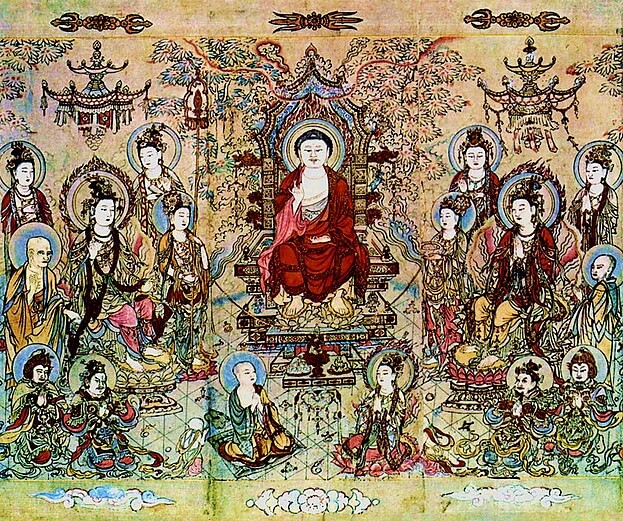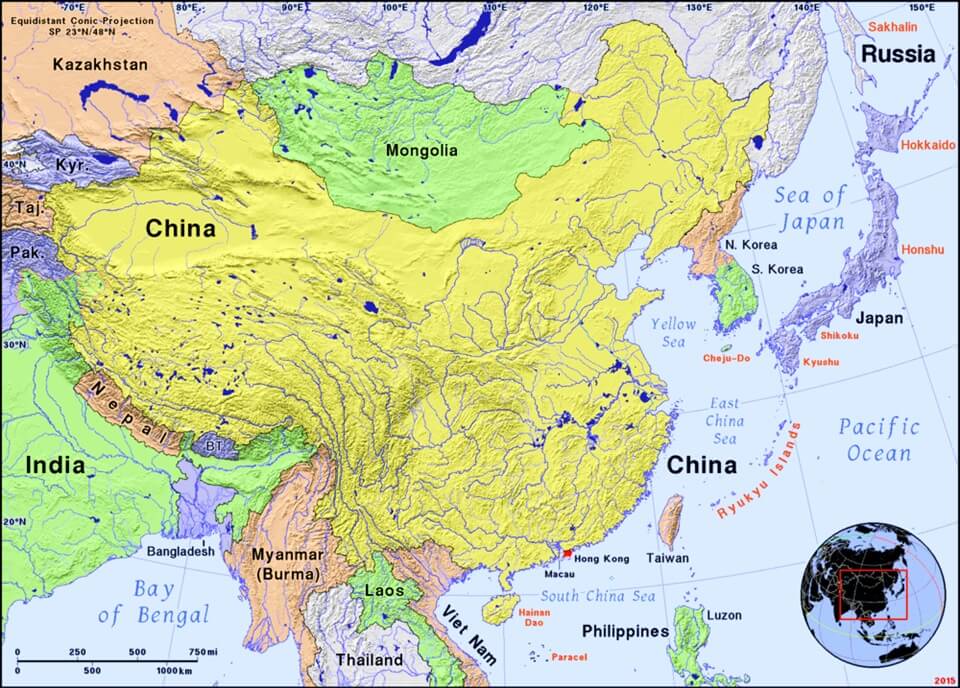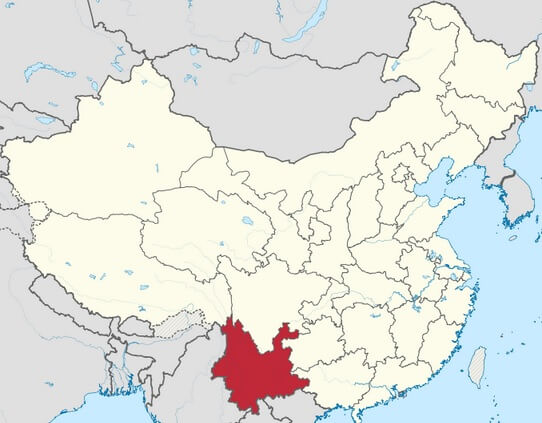Activity 1: Can You Find It?
Find the following in the artwork:
- Buddha
- Teacher
- Students
- Seven Pairs of People in Mirror Image Positions
- Chandeliers
- Flowers
- Throne
- Haloes
- Mudras
Activity 2: Narrate the Artwork
- After studying the artwork, narrate the scene shown aloud using your own words.
Activity 3: Complete Vocabulary Activities
- While studying the new words, point out any you see in the painting.
- Define each of the vocabulary words in your own words.
Activity 4: Create Your Own Scroll
- Zhang Shengwen painted Buddha, a teacher that inspired him, on his scroll.
- Get a long, narrow piece of paper or tape two pieces together on their short ends for the scroll.
- On the scroll, color or paint something that inspires you.
- Roll up the scroll. Use a string, ribbon, or rubber band to secure your scroll.
- If you wish, give the scroll to someone you care about.
Activity 5: Color the Artwork

- Click the crayon above, and complete page 24 of 'Art History Coloring Pages for Second Grade.'
 Art Around the World
World Art
Art Around the World
World Art


 Art Around the World
World Art
Art Around the World
World Art



